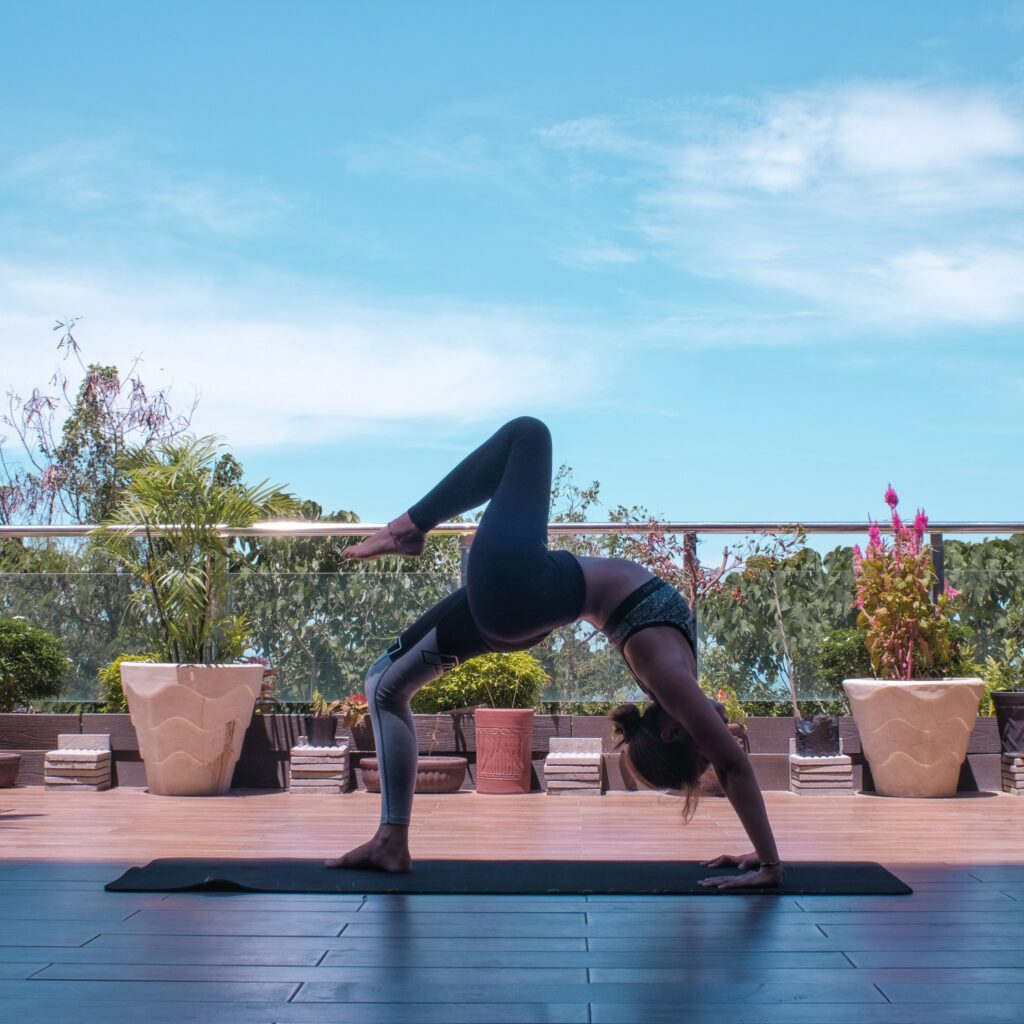
Everyone is looking for ways to feel better, manage pain, sleep better, fall asleep faster, or just improve their quality of life. The solutions to these issues range from over-the-counter drugs and supplements, to exercise or yoga, to doctor visits or therapists, or even mindfulness practices. Mindfulness is the practice of being fully engaged with current experiences without judgments or evaluations, a technique that has been shown to have positive effects on health outcomes.
Psychologist Jon Kabat-Zinn defines mindfulness as “a way of living that fosters awareness of and acceptance of the experience of the moment, including emotions, thoughts, body sensations, and physical activity.” There are seven core components of mindfulness: non-judgment, present-moment focus, accepting what is occurring right now, developing compassion for self and others, non-striving, non-reactivity, and willingness to be with difficult emotions or sensations. These skills can be used to reduce stress, improve sleep, and lower blood pressure, as well as promote emotional and mental well-being.
A growing number of studies use mindfulness to improve the treatment of musculoskeletal conditions, such as chronic pain and patellofemoral pain (PFP). Mindfulness-based interventions are a type of cognitive-behavioral therapy that involves meditative techniques developed to address psychosocial needs. They are designed to promote psychological flexibility and reduce threat appraisals and reactivity, both of which contribute to the development of symptoms such as pain, anxiety, and depression. Why not visit the website www.acealliedhealth.com and find out more about these?
In addition to improving clinical outcomes, mindfulness can also help people adapt to the challenges of living with a condition by increasing self-efficacy and reducing depressive and anxious moods. The evidence for mindfulness-based interventions in these areas is promising, but further research is needed.
This scoping review describes how mindfulness is being used in physical rehabilitation, identifies implications for occupational therapy, and illuminates gaps in current research. The results provide preliminary support that mindfulness can improve urinary incontinence, chronic pain, and vestibular disorders. In addition, the benefits of mindfulness can extend to other functional outcomes, such as quality of life and work-related functioning.
Physio Maiden Gully is uniquely positioned to incorporate mindfulness into their therapeutic approach. Unlike some physical therapies, mindfulness training is highly accessible. It can be done lying down or sitting, does not require a large space or equipment, and is easily modified for individuals of all fitness levels. It is an important part of a comprehensive treatment plan that may also include modalities, education, and counseling.
Mindfulness can also be used to enhance interpersonal relationships by promoting communication and emotional regulation, particularly in families. For example, when a child is in distress, a parent can encourage the child to describe their internal experience and emotions, which decreases physiological arousal and reduces behavioral reactivity. In turn, this allows for the child to more effectively engage in problem-solving with the parent and increase family cohesiveness. It also helps them understand the impact of their actions on themselves and others. Consequently, the child’s motivation to change their behavior is strengthened.







